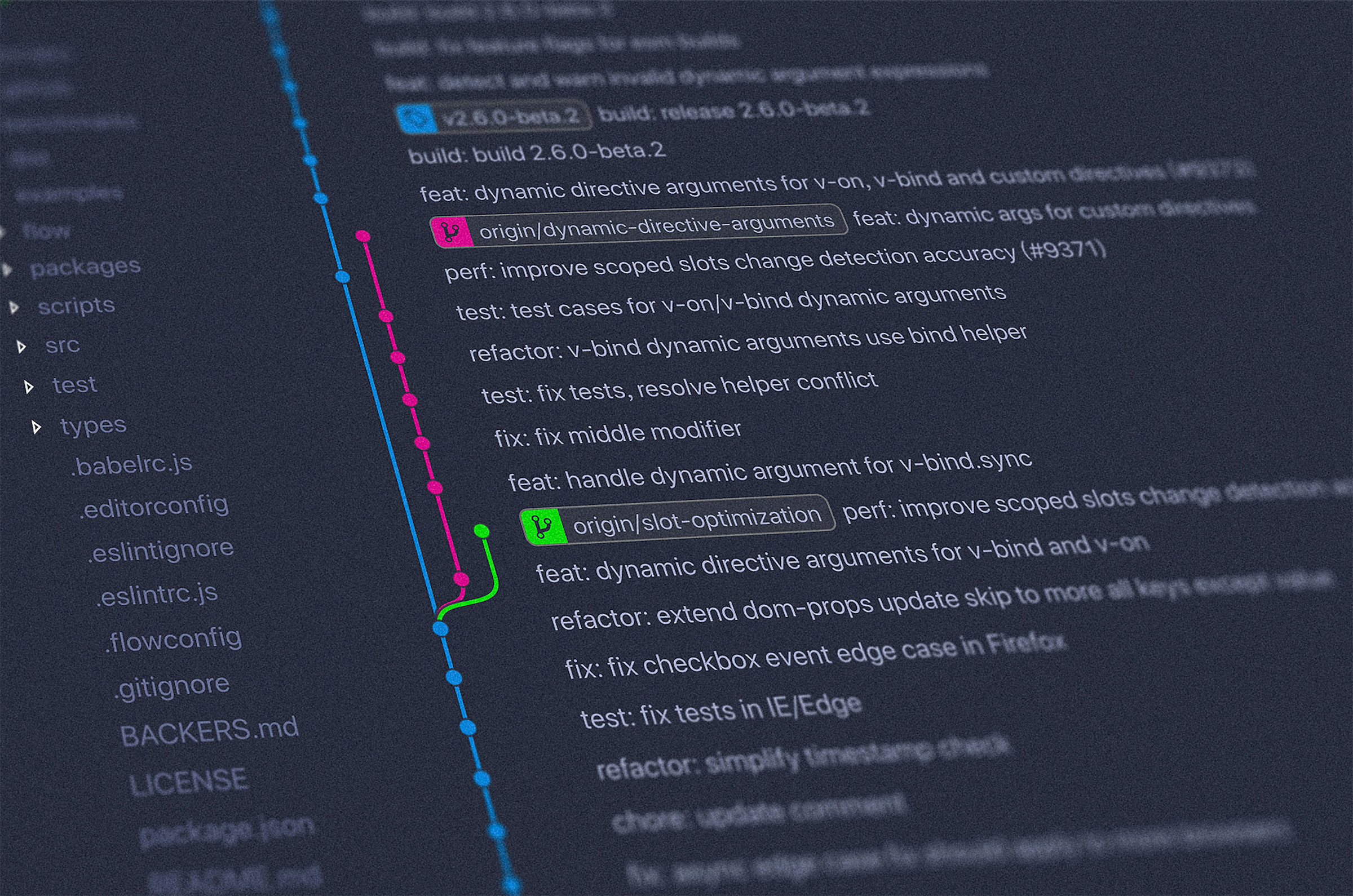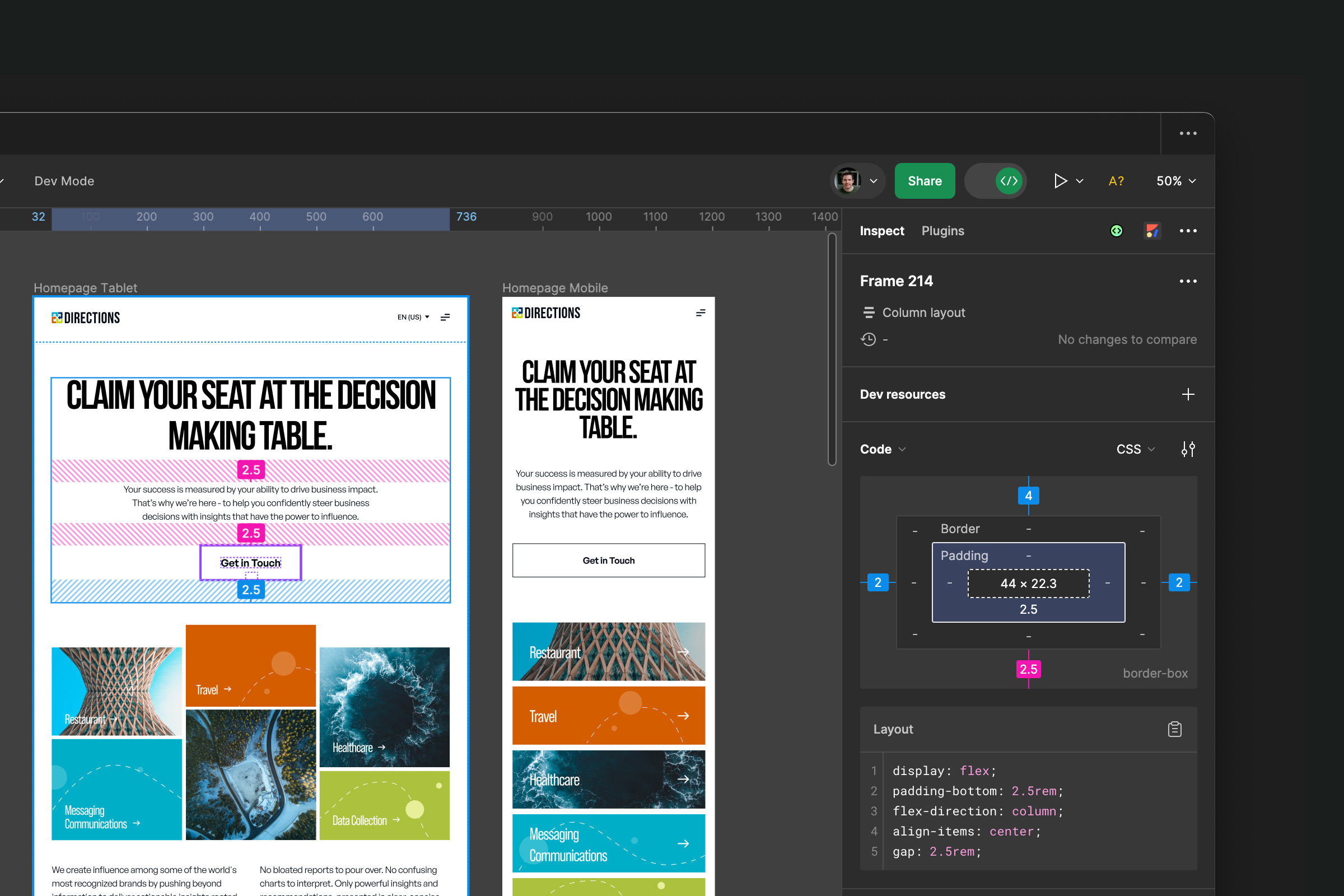The importance of responsive web design for your business

A strong online presence is paramount for the success of businesses. The rapid proliferation of mobile devices underscores the importance of optimizing websites for various screen sizes and devices. This is precisely where responsive web design takes center stage. At Magnet, a trusted web design and digital marketing company, we fully comprehend the crucial role of responsive web design in enabling businesses to thrive in the online realm.
Understanding responsive web design
Responsive web design is a design approach that ensures websites can adapt and respond effectively to the user's device and screen size. Whether accessed on a desktop, laptop, tablet, or smartphone, a responsive website maintains its visual appeal and functionality without any hiccups. This seamless user experience is achieved through the implementation of fluid grids, flexible images, and media queries.
The advantages of responsive web design are plentiful. Foremost, it provides website visitors with an optimal viewing experience, regardless of the device they are using. The content on the website automatically adjusts and restructures itself to fit the screen size, facilitating easy navigation, reading, and interaction for users. This user-friendly experience fosters increased engagement, encourages longer browsing sessions, and ultimately leads to higher conversion rates.
According to Exploding Topics, as of June 2023, 55% of website traffic comes from mobile devices. This significant percentage highlights the importance of responsive web design in catering to the growing mobile audience. By embracing responsive design, you can tap into this vast mobile traffic and ensure that your website reaches a wider audience.
When it comes to responsive web design, it's essential to consider the platforms on which your website will be built. At Magnet, we offer expertise in building websites on various platforms. Learn more about the platforms we work with here.
The impact of responsive web design on user experience
A website's success hinges on providing a positive user experience. Responsive web design is a pivotal factor in enhancing user experience across a wide range of devices. By implementing responsive design techniques, your website creates a seamless browsing experience that allows visitors to effortlessly navigate, access information, and interact with your content. Regardless of whether users access your website on a desktop computer, laptop, tablet, or smartphone, responsive web design ensures a consistent and user-friendly experience, ultimately improving satisfaction and engagement.
Mobile-friendly navigation stands out as a key element of responsive web design. Responsive websites incorporate intuitive navigation menus that are optimized for smaller screens. This enables users to easily find desired information, explore different sections of your website, and take actions such as making purchases or filling out contact forms. By delivering smooth navigation, responsive web design keeps visitors engaged and encourages further exploration.
The significance of responsive web design in user experience is underscored by the trend of mobile-first indexing. Major search engines like Google prioritize mobile-friendly websites in their search results. This means that if your website lacks responsiveness, it may receive lower rankings, leading to decreased visibility and fewer opportunities for organic traffic. Embracing responsive design can enhance your search engine rankings, drive more organic traffic, and ultimately bolster your online presence.
According to Justinmind, successful responsive web design implementation has led to significant improvements in user experience metrics for various businesses. By adopting responsive design principles, these businesses witnessed reduced bounce rates, increased time spent on the website, and improved customer satisfaction. Investing in responsive web design can significantly impact your users' perception of your brand and contribute to long-term success.

The business benefits of responsive web design
- Expanded reach and accessibility: The widespread use of mobile devices has led to an increase in internet access on the go. By incorporating responsive web design, you can extend the reach of your website and make it accessible to a broader audience, regardless of the device they are using. This inclusive approach ensures that your content and functionality are readily available and optimized for various screen sizes and devices, enabling users to conveniently access your website from anywhere, at any time. Embracing responsive web design opens up opportunities to engage with a wider audience and cater to their browsing needs effectively.
- Improved conversion rates: Responsive web design plays a crucial role in optimizing your website for conversions. A positive browsing experience on your website plays a significant role in driving desired user actions. When users have a smooth and enjoyable experience navigating your site, they are more inclined to take the desired actions you want them to. This can include making a purchase, filling out a contact form, subscribing to a newsletter, or any other specific goals you have set. By ensuring that your website is user-friendly, intuitive, and visually appealing through responsive web design, you create an environment that encourages users to engage and convert. The seamless experience instills confidence and trust in users, increasing the likelihood that they will complete the desired actions, ultimately benefiting your business.
- Enhanced brand consistency: Consistency plays a vital role in establishing a strong brand identity. Responsive web design enables you to maintain a consistent brand experience across various devices. By implementing responsive design techniques, your website's design elements, colors, typography, and overall visual aesthetic seamlessly adapt to different screen sizes. This ensures that your brand's identity remains intact, regardless of the device being used to access your website. The cohesive and consistent presentation of your brand across devices fosters recognition, trust, and a sense of familiarity among your audience, contributing to a strong and memorable brand presence.
- Cost-effectiveness: Investing in responsive web design eliminates the need for separate websites or mobile applications for different devices. Instead of maintaining multiple platforms, responsive design allows you to have a single website that automatically adjusts to the user's device. This not only saves you time and effort in managing multiple platforms but also reduces development and maintenance costs. With a responsive website, you can allocate your resources more efficiently, focusing on delivering an exceptional user experience across all devices without the need for separate investments.
- Improved SEO performance: Responsive web design has a profound impact on the performance of search engine optimization (SEO). SEO is essential for businesses aiming to enhance their online visibility and attract organic traffic. Responsive design plays a significant role in achieving SEO success by aligning with the preferences of search engines.
- Mobile usability: Search engines prioritize mobile-friendly websites in their rankings, taking into account factors such as mobile responsiveness, page load speed, and user experience. With responsive web design, these critical SEO elements are improved, resulting in enhanced search engine rankings and increased organic traffic. By providing a seamless and optimized browsing experience across devices, responsive design demonstrates your website's credibility and relevance to search engines, leading to better visibility in search results.
Looking to enhance your online presence and drive business growth? Our growth marketing solutions can complement your responsive web design efforts and help you achieve your goals.
Current trends and advancements in responsive web design
Current trends and advancements in responsive web design are instrumental in keeping websites modern, engaging, and user-friendly. Staying abreast of these trends is crucial for ensuring the effectiveness of your website. Here are some noteworthy trends to consider when optimizing your website with responsive design:
Microinteractions and animations
Microinteractions and animations are subtle but impactful design elements that enhance the user experience in responsive web design. By incorporating these small visual cues, such as button hover effects or loading animations, you can provide feedback and engage users, making their browsing experience more interactive and enjoyable.
Minimalistic and clean designs
Minimalistic and clean designs are highly favored in responsive web design. These designs prioritize simplicity, using clean layouts, ample white space, and streamlined navigation menus. By adopting a minimalistic approach, your website becomes visually appealing, easier to navigate, and faster to load, particularly on smaller devices.
Mobile-first approach
A mobile-first approach is crucial in today's mobile-centric world. Designing and optimizing your website for mobile devices first ensures a seamless and user-friendly experience for mobile users. By focusing on mobile users' needs and preferences, you can create a responsive design that caters to their browsing habits, leading to improved engagement and higher conversion rates.
Responsive typography
Responsive typography plays a vital role in ensuring legibility and readability across devices. By selecting fonts, font sizes, and line heights that automatically adjust based on screen size, you provide an optimal reading experience without users needing to zoom in or strain their eyes.
Grid-based layouts
Grid-based layouts offer a structured and organized framework for responsive design. By using a grid system, you can create a flexible layout that adapts seamlessly to different screen sizes and orientations. Grid-based designs provide consistency, alignment, and ease of navigation for users, while simplifying the design process and maintaining consistency across your website's pages.
By incorporating these trends and techniques into your responsive web design strategy, you can create a visually appealing, user-friendly, and engaging website that adapts seamlessly to different devices and screen sizes.

Challenges and solutions in implementing responsive web design
While responsive web design offers numerous benefits, it also presents certain challenges during implementation. Understanding these challenges and finding effective solutions is essential to ensure a seamless and optimized user experience across devices. Let's explore some common challenges and strategies to overcome them:
- Navigation and user experience: Designing a navigation system that works well on different screen sizes can be challenging. Complex menus or navigation bars can become cluttered and difficult to interact with on smaller screens. To overcome this challenge, consider implementing hidden menus, collapsible navigation, or using icon-based navigation that adapts to different screen sizes. By simplifying the navigation structure, you can enhance the user experience and ensure easy access to important content.
- Content prioritization: With limited screen space on mobile devices, it's crucial to prioritize content effectively. Determine the most important elements and information that should be prominently displayed on smaller screens. Consider using card-based designs, where content is organized into visually appealing cards that can be stacked or rearranged based on screen size. This approach allows users to easily digest information while maintaining a clean and organized layout.
- Image and media optimization: Large images and media files can significantly impact page load times, especially on mobile devices with slower internet connections. Optimize images by compressing them without sacrificing quality. Consider using responsive image techniques, such as using the srcset attribute or implementing lazy loading, to ensure images are appropriately sized and loaded based on the user's device. This improves performance and reduces data usage.
- Browser compatibility: Responsive web design must be compatible with various browsers and their different versions. Test your website on popular browsers and devices to ensure consistent rendering and functionality. Use browser testing tools and services to identify and address any compatibility issues. Additionally, keeping up with browser updates and web standards can help you stay ahead and ensure a smooth experience for all users.
- Performance and page load times: Responsive design should not compromise performance. Optimize your website by minimizing code, leveraging caching techniques, and implementing content delivery networks (CDNs) to ensure fast loading times. Compress and minify CSS and JavaScript files, and utilize techniques like lazy loading to prioritize the loading of visible content first. Regularly monitor your website's performance and make necessary optimizations to provide a smooth and efficient browsing experience.
By acknowledging and addressing the challenges associated with responsive web design, you can successfully navigate the complexities and create a website that provides a consistent and engaging user experience across all devices.
Learn more about the challenges and solutions associated with responsive web design on our Insights page. We provide valuable insights to help you navigate the complexities and ensure a seamless user experience across devices.
Let Magnet be your website's responsive design solution
Choosing between responsive and adaptive web design depends on your specific business needs and goals. Responsive design offers flexibility, scalability, and ease of maintenance, making it suitable for most businesses. It ensures that your website adapts seamlessly to different screen sizes and devices, providing a consistent user experience.
On the other hand, adaptive design allows for greater control over the user experience on specific devices. It involves creating different versions of a website tailored to specific devices or screen sizes. This approach is ideal for businesses with unique device requirements or specific target audiences.
At Magnet, we recognize the significance of responsive web design services in driving business success. As a trusted responsive web design company, we possess the expertise and experience to create visually stunning and highly functional responsive websites that enhance engagement, boost conversions, and strengthen your online presence.
Our team of skilled designers and developers will collaborate closely with you to craft a tailored responsive web design solution that aligns with your brand identity and business objectives. We understand the importance of creating an impactful online presence and will work diligently to ensure your website effectively captures your target audience's attention and drives results.























.jpeg)

.jpg)


.jpg)


.jpg)
